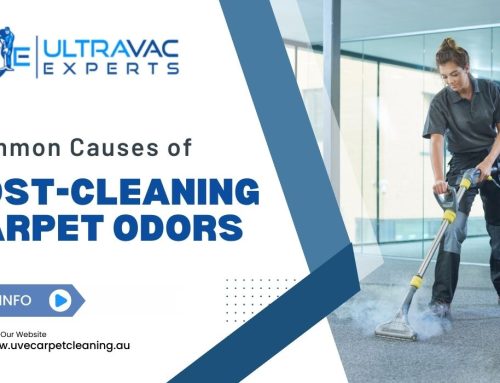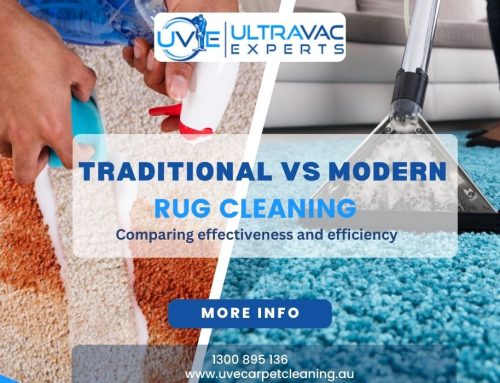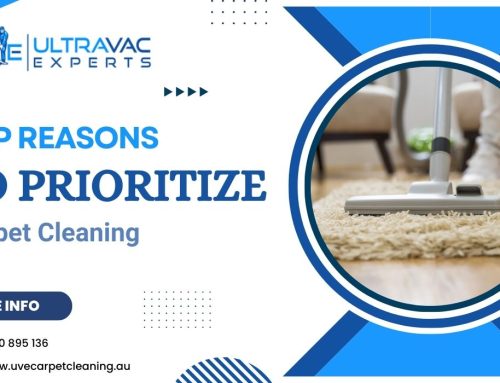If you love your leather items, you know how important it is to keep them looking great. Whether it’s a beloved sofa or a stylish pair of shoes, taking care of leather ensures they stay in top condition for years. This guide is here to help you understand how to clean different types of leather, from tough full-grain to delicate suede and nubuck.
We’ll also talk about why professional leather cleaning services can be a game-changer in maintaining the beauty and durability of your favorite leather pieces. Stick with us to learn how to make your leather goods last a lifetime!
Brief Overview of Different Leather Types:
Leather comes in various types, each with its own unique qualities and care needs. From the rugged durability of full-grain leather to the velvety softness of suede and nubuck, understanding these distinctions is key to ensuring your leather items stay looking their best. Let’s explore the characteristics of each type and learn how to care for them effectively to prolong their lifespan and maintain their timeless appeal.
Leather comes in various types, each with unique characteristics and care needs:
- Full-Grain Leather: Highest quality, natural imperfections, sensitive to stains.
- Top-Grain Leather: Sanded and refined, durable, uniform appearance.
- Suede: Soft, velvety texture, prone to staining.
- Nubuck: Similar to suede but more durable, luxurious appearance.
- Bonded Leather: Made from scraps, less durable, affordable option.
Understanding Leather Types
Leather types vary in their characteristics, pros and cons, DIY cleaning methods, and recommended cleaning products:
| Leather Type | Characteristics | Pros and Cons | DIY Cleaning Methods | Recommended Cleaning Products |
|---|---|---|---|---|
| Full-Grain Leather | Made from top layer, natural imperfections. | Highly durable, develops patina over time. | Damp cloth for light cleaning, leather cleaner for stains. | Specific leather conditioner |
| Top-Grain Leather | Sanded and refined surface, more uniform appearance. | Durable, less breathable than full-grain. | Soft cloth for routine cleaning, mild leather cleaner for stains. | Leather conditioner |
| Suede | Soft, velvety texture, made from underside of hide. | Stylish appearance, prone to staining. | Suede brush or eraser for dirt, specialized suede cleaner for stains. | Suede cleaner |
| Nubuck | Similar to suede but from outer side of hide. | Soft feel, more durable than suede. | Nubuck brush or cloth for cleaning, nubuck cleaner for stains. | Nubuck conditioner |
| Bonded Leather | Made from leftover leather scraps bonded with polyurethane. | Affordable, eco-friendly option. | Damp cloth for cleaning, mild leather cleaner for stains. | Gentle leather cleane |
When to Seek Professional Help
Knowing when to turn to professional help for your leather care can make a significant difference in preserving its beauty and durability. While regular maintenance is essential, there are situations where expert intervention is necessary to tackle stubborn stains, restore worn-out leather, or apply specialized treatments. Understanding these scenarios ensures your leather items receive the best possible care to maintain their quality over time.
- Deep Stains: When DIY methods fail to remove deep-set stains like ink or oil.
- Restoration Needs: For restoring faded or discolored leather to its original color and texture.
- Specialized Treatments: Applying protective treatments such as waterproofing or conditioning treatments.
- Complex Repairs: Handling tears, cuts, or structural damage that DIY methods can’t adequately address.
- Luxury Items: High-end or valuable leather goods that require meticulous care and expertise.
Knowing these points helps you make informed decisions about when professional leather cleaning services can best serve your needs, ensuring your leather items receive the care they deserve.
General Leather Cleaning Tips
| Maintenance Practices | Products to Avoid | Essential Tools |
|---|---|---|
| Wipe regularly with a soft cloth. | Harsh chemicals | Soft cloths |
| Condition leather every 6-12 months. | Alcohol-based products | Leather brushes or erasers |
| Store in a cool, dry place away from direct sunlight. | Silicone-based products | Specific leather cleaners and conditioners |
Common Mistakes to Avoid
- Over-saturating leather with water.
- Using harsh chemicals that can damage the leather.
- Neglecting regular conditioning, leading to dryness and cracking.
Why Professional Cleaning is Important
- Expertise in handling different leather types.
- Advanced stain removal techniques.
- Professional conditioning extends leather’s lifespan and maintains its quality.
Proper care and maintenance is essential for preserving the beauty and lifespan of your leather goods. Whether you opt for DIY methods or seek professional help, ensuring regular cleaning and conditioning will keep your leather items looking their best.
Remember, for expert care and restoration, UltraVac Experts is here to assist you. Contact us today at +61 403 670 035 or email us at admin@ultravacexperts.com.au to schedule a consultation and ensure your leather receives the attention it deserves.
FAQs
Use a suede brush or eraser to gently rub away dry stains. For oily stains, sprinkle cornstarch or talcum powder on the affected area, let it sit overnight, then brush off the powder
Blot the excess water with a soft cloth and allow it to air dry naturally at room temperature. Avoid using heat sources like hairdryers, as they can damage the leather.








Leave A Comment